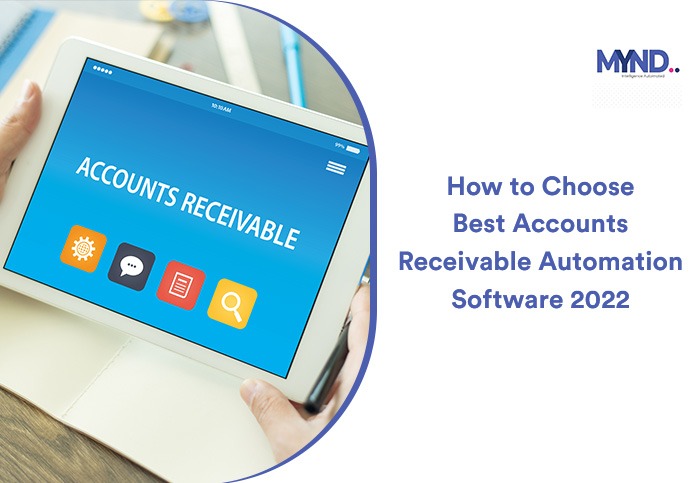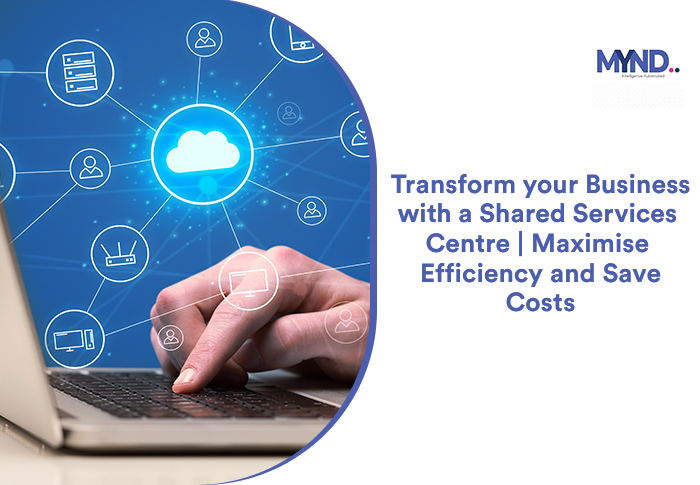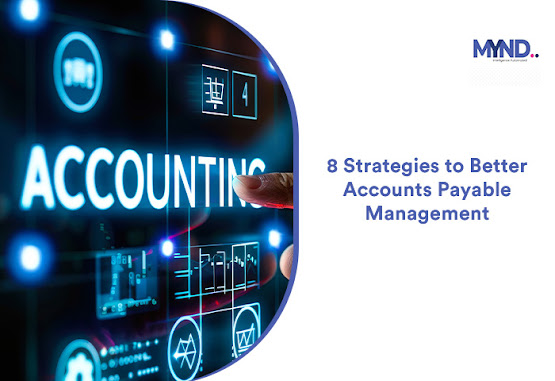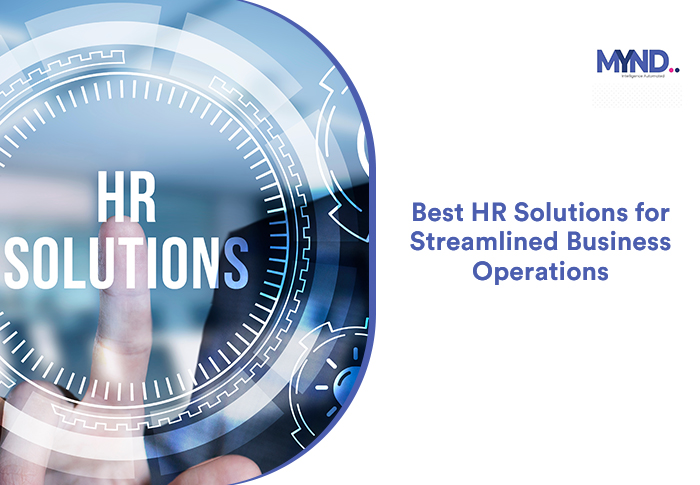How to Choose Best Accounts Receivable Automation Software 2022
Accounts receivable management systems are becoming increasingly important in order for businesses to optimise finances, time, and productivity. Credit decisions, corporate lending, liquidity management, corporate sales reporting, and sales commissions are all strongly affected by substandard receivable account management. It is also difficult to understand a company’s current financial situation on account of inefficient receivables operations.
Receivers who want to handle paper-based invoices quickly and effectively face a number of challenges. According to PYMNTS, it costs businesses between US$16 and US$22 per invoice to process these bills. Furthermore, fax machines and postmail are used to distribute 43.8% and 72.4% of them, respectively. In accounts receivables, these are some of the most frequent points of contention.
By digitising bills, organisations can eliminate manipulation errors and save staff members’ time on monotonous duties like filling and scanning invoices, freeing up that time for more strategic initiatives. The digitisation of the receivable account management contributes to further printing cost savings and increases employee profitability.
The demand for accounts receivable management systems is increasing as firms move more and more towards digitisation and automation. The way we are paid is changing due to automation many conventional payment methods, like cheques, are being supplanted by cutting-edge, electronic equivalents in a variety of B2C transactions.
Benefits of accounts
receivable software
Invoicing clients, keeping track of unpaid invoices, collecting payments, documenting them in your general ledger, and using data to run reports and analyse your company's financial status are all part of the laborious, time-consuming process of receivable account management.
Accounts receivable software automates this process in your company's accounting, saving you time and money. The added benefits of accounts receivable automation software include the following:
Managing cash flow: Cash flow issues are typically the result of customers delaying payments. Accounts receivable automation software provide convenience, eliminate the need for follow-up calls and emails, and allow you to receive payment more quickly.
Fool-proof process: Multiple follow-ups through various modes are prone to errors. Incorporating outsourcedaccounts receivable management with accounting software allows for data syncing, eliminating the need to keep track of multiple systems.
Better customer relationships: Accounts receivable software improves your customer relationship in addition to streamlining the payment process. Such platforms facilitate payment for your customers and improve communication about invoices.
Business insights on the go: Since all of your accounts receivable data is centralised, such as revenue and customer activity, you will have a better understanding of your financial position and business performance.
Key features
to consider while choosing accounts receivable management systems
Now that you have understood the benefits of integrating an accounts receivable software, let us move to the most important discussion on what factors to determine while selecting an outsourced accounts receivable management software for your organization:
Level of automation you need: Consider how a platform will affect the size of your company and your particular objectives. Are you seeking a business-level solution with cutting-edge capabilities for payments, communications with customers, and collections? You might not require enterprise-level automation if your small business wants to augment its receivable account management.
Invoicing attributes: There are systems that allow you to generate and send invoices, and systems that allow you to integrate software and sync existing bills. If you already have invoicing software, you may not need an accounts receivable automation software. However, integrating an outsourced accounts receivable management system that provides unified processes in one location is always the best option. Another factor to consider is whether the accounts receivable software is integrated with the accounting system. Of course, the utility of a platform increases when the systems can be synced together in an optimum manner. This eliminates the need for you to make the payments manually. Since some platforms allow you to connect with third-party gateways, customer relationship management software, and project management tools, you may want to take into account the integration opportunities provided by the software.
Cost: Estimating the cost of integrating software is one of the most important factors to consider because the sole purpose of any developments in operations is to optimise cost with improved processes. So, having a budget in place first is a good place to start before weighing your options. Understand that some software options are available on the market on a quote basis, making it difficult to estimate the total cost. Some options are available on an a la carte basis, charging extra for additional features and functions. So, choose the option that best serves your company while remaining within your budget.
Mynd Integrated Solutions offers a diverse range of
services that streamline and simplify receivable account management for
your company, allowing your valuable workforce to focus on core operations
rather than wasting time on tasks that could easily be handled by an automated
system. In several key performance indicators, such as average invoice
submission timelines, average invoice collection timelines, and query
resolution timelines, we provide accounts receivable automation software
levels that exceed industry norms.




Comments
Post a Comment